Adolphe Appian studied at the École des Beaux-Arts in Lyon under François Grobon and Augustin Thierriat. He first exhibited at the Paris Salon in 1835, then regularly in both Lyon and Paris, receiving a gold medal in 1868. He took part in the Universal Exhibitions of London (1862) and Paris (1889) and was made a Chevalier of the Légion d’Honneur in 1892.
Originally trained as a musician, Appian devoted himself entirely to painting from 1852 onward, after meeting Corot and Daubigny, whose influence led him toward naturalist landscape painting. Closely linked to the Barbizon School, he became one of the leading figures of the Lyon landscape tradition.
In this composition, Appian explores a seemingly simple motif: a sunlit clearing dotted with a few large rocks and encircled by trees. Through a supple, confident brushwork, he captures the countless nuances of the woodland floor—muted greens, earthy browns, and silvery mosses. The impasto of the foreground contrasts with the vaporous distance, where the light dissolves into a soft mist.
This painting reflects the maturity of the artist, who moved from the precision of drawing to a freer and more tactile approach. The viewer’s eye wanders across the textures of soil and stone, caught by the gentle shimmer of leaves. Nature, observed without artifice, becomes both subject and emotion, a place of silence and introspection.
Appian expresses here the very spirit of 19th-century poetic realism—a quiet, contemplative vision of nature, rooted in the sincerity of observation and closely related to the painters of Barbizon.


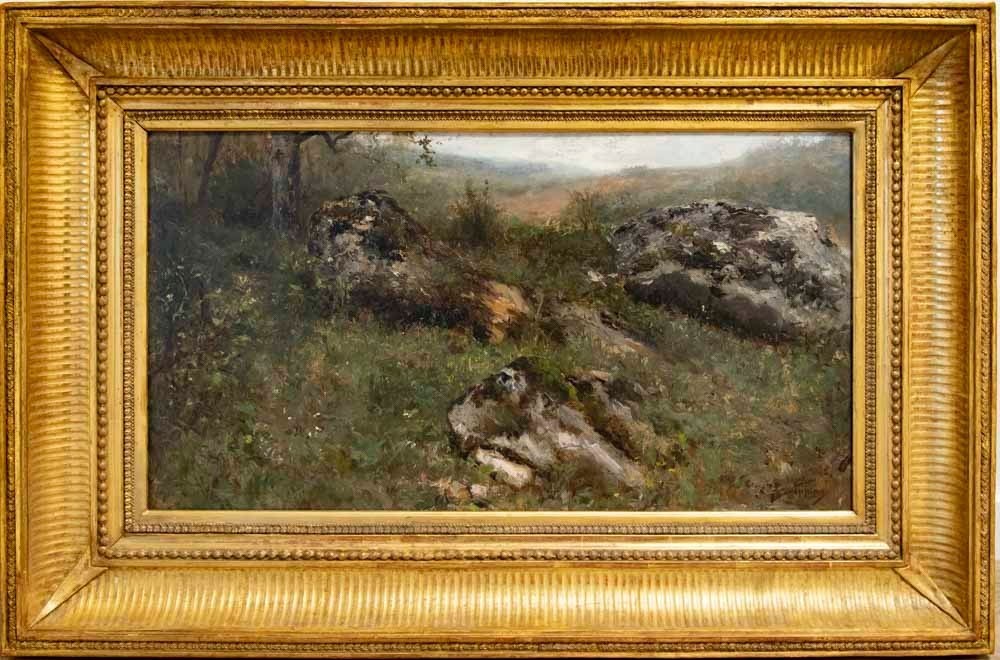

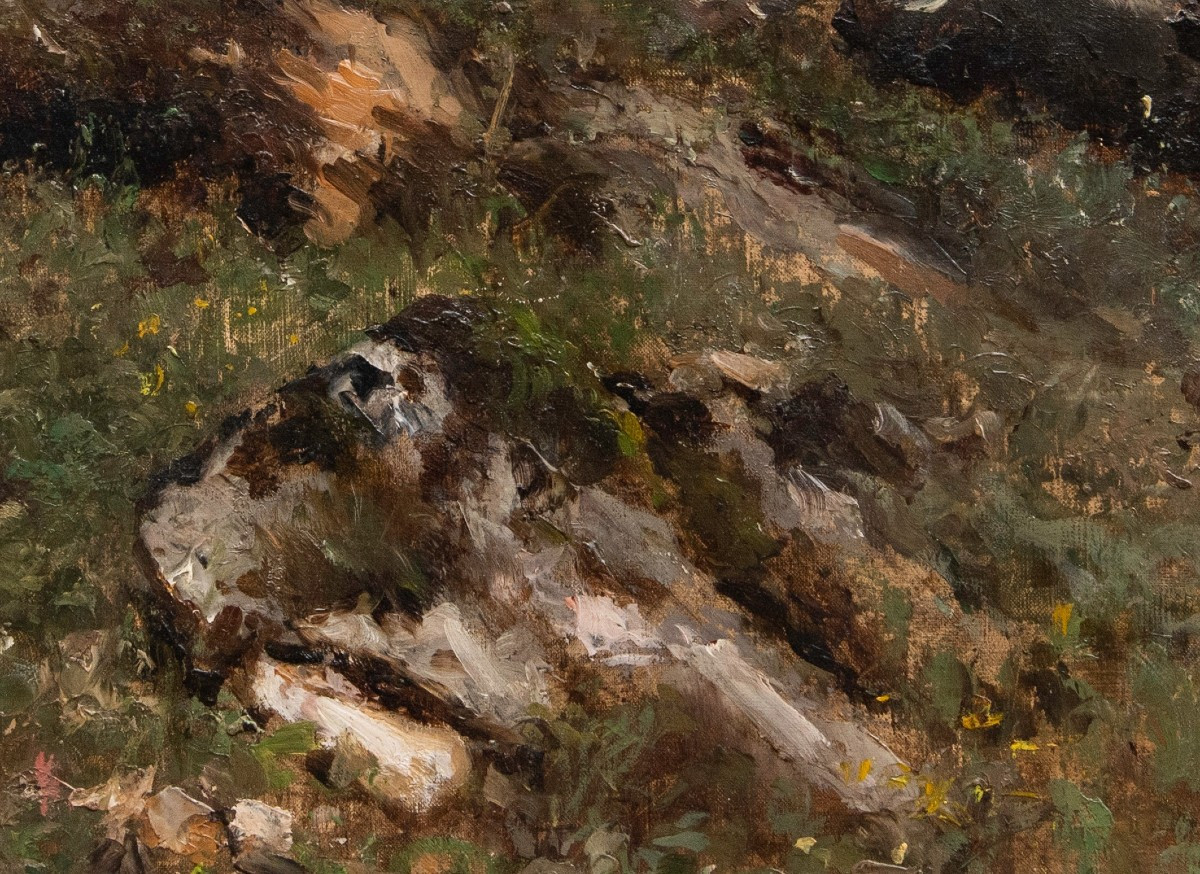
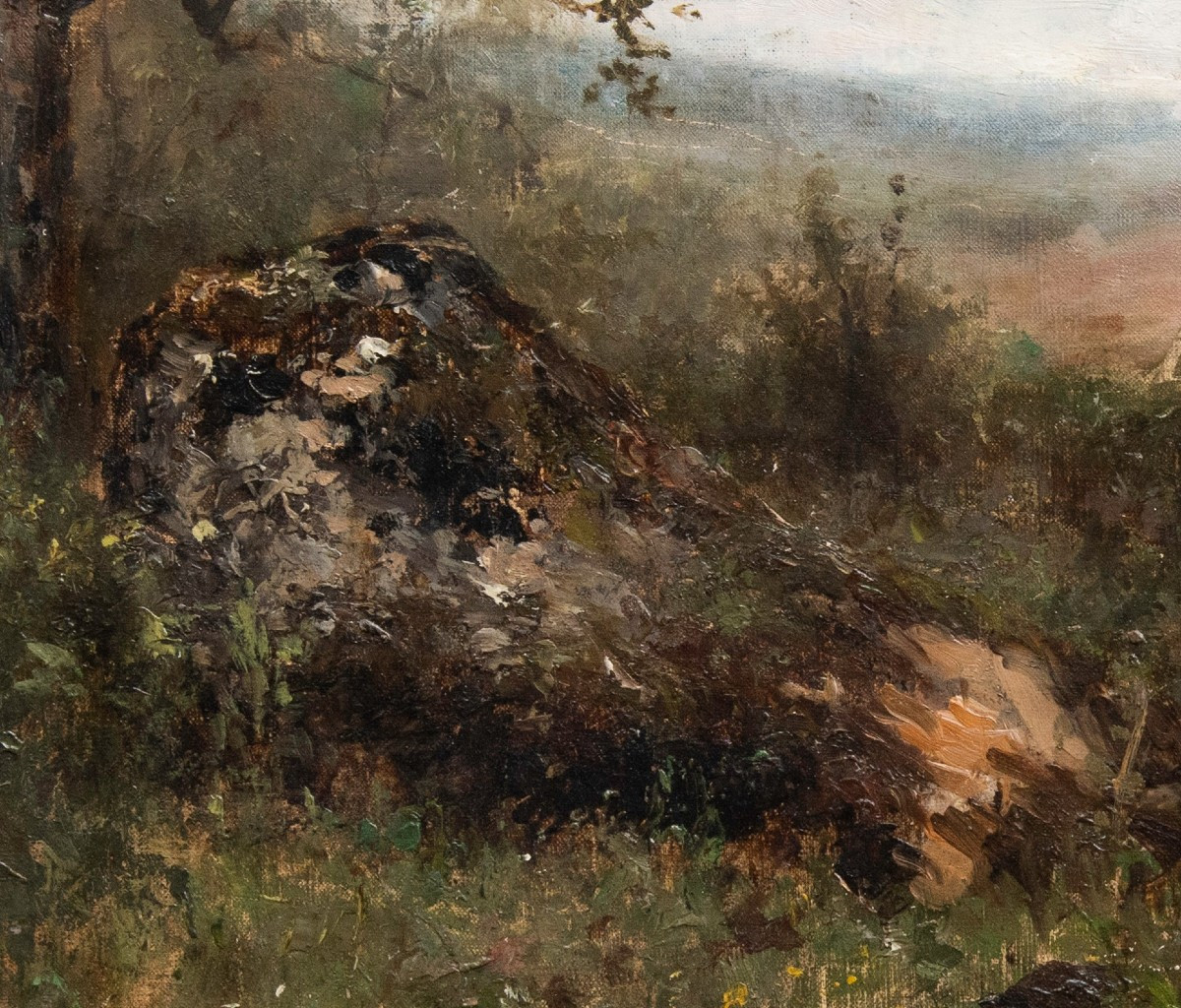
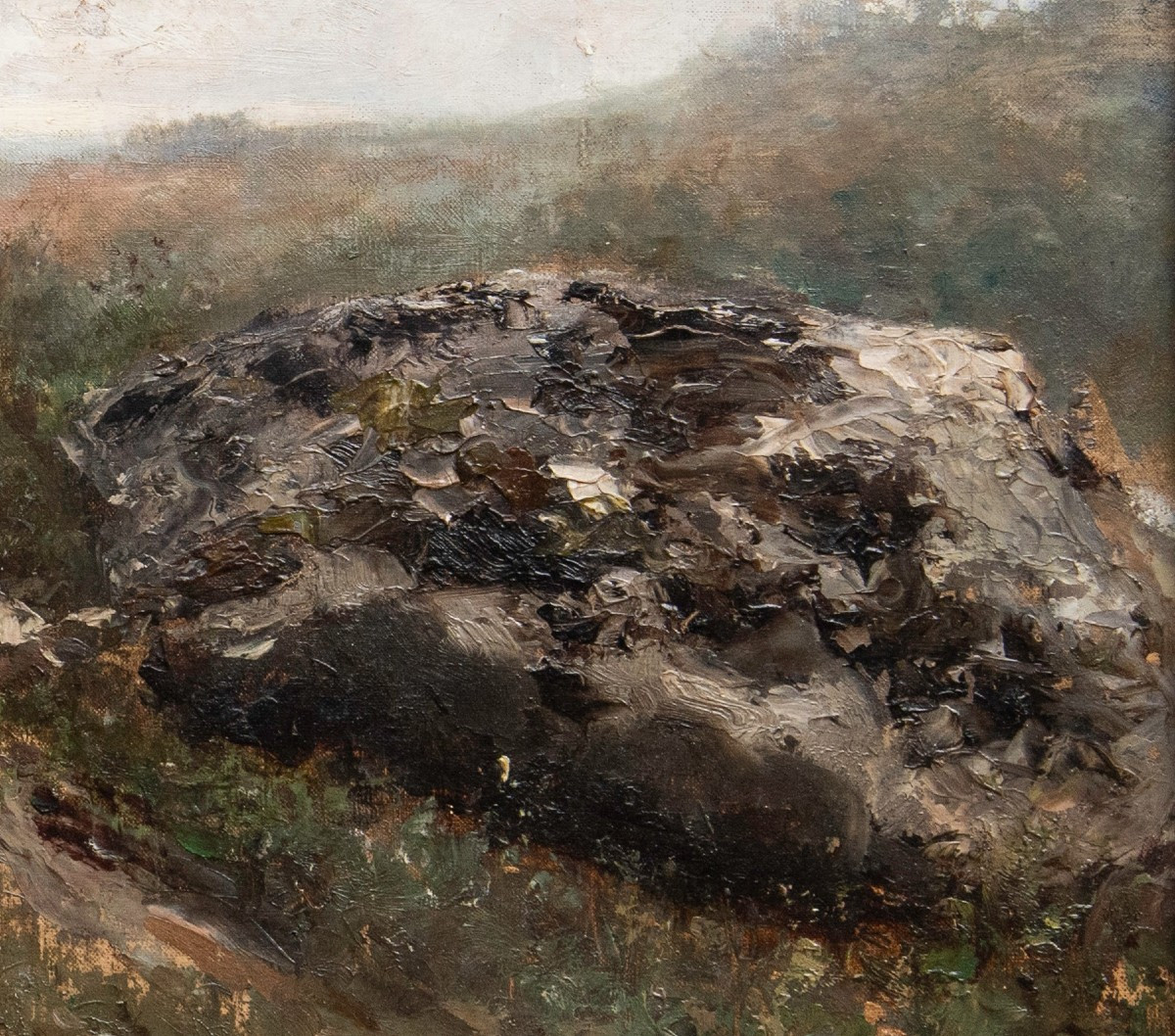
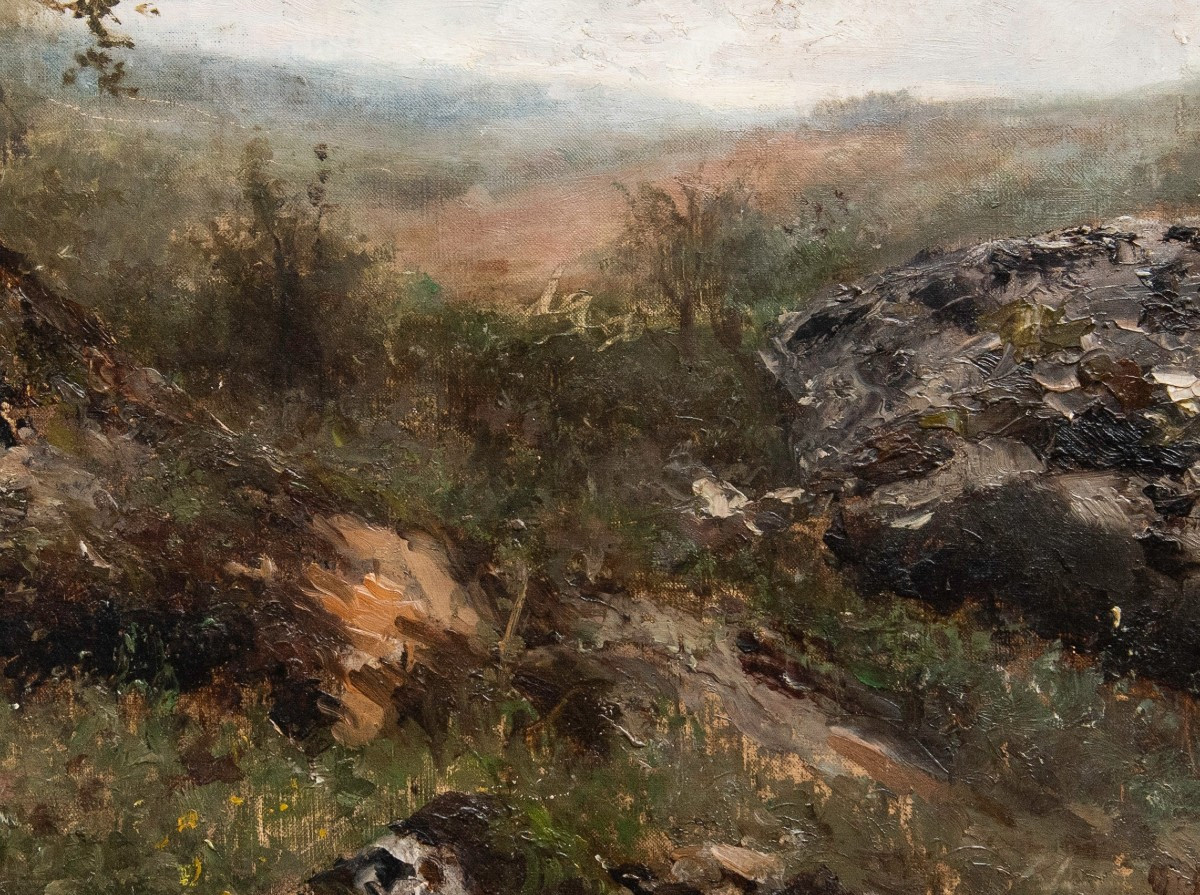
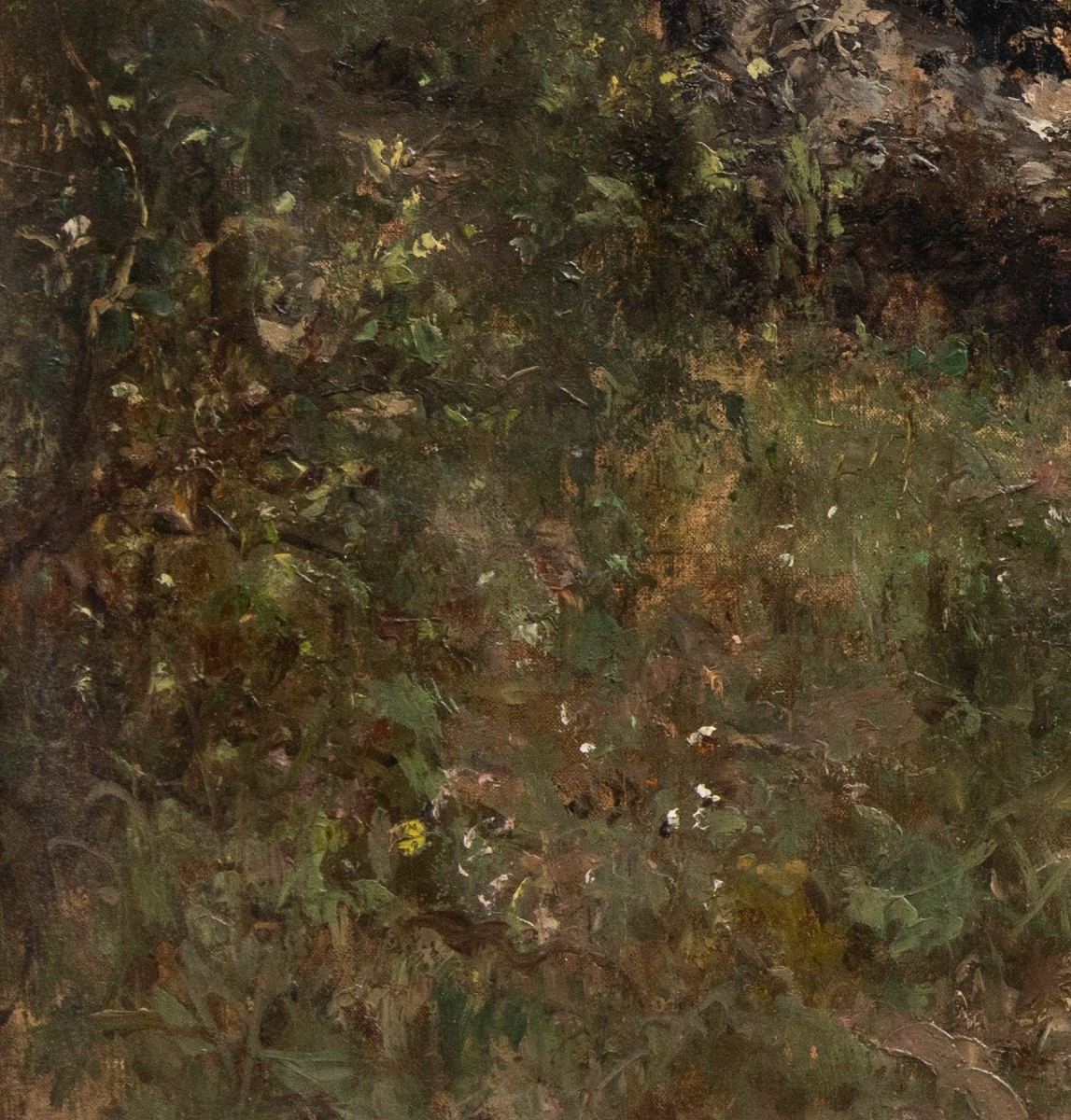
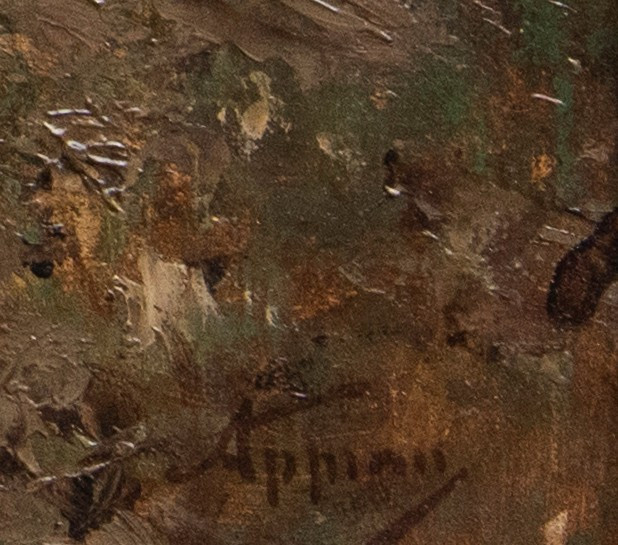











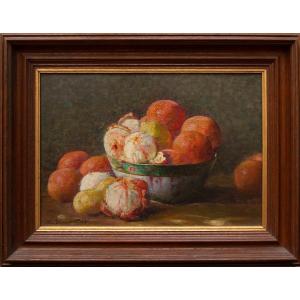

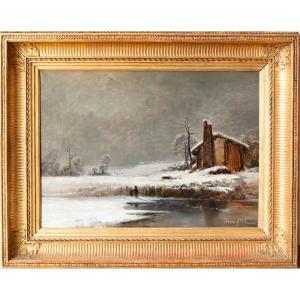
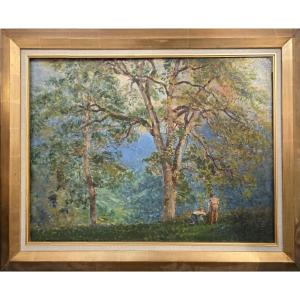



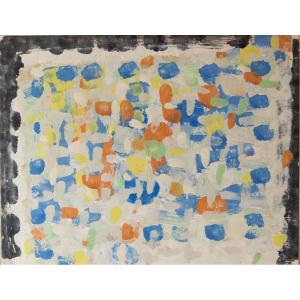



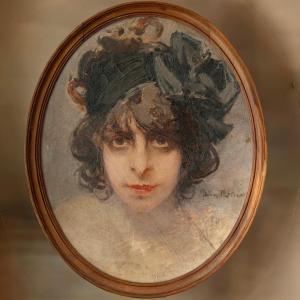
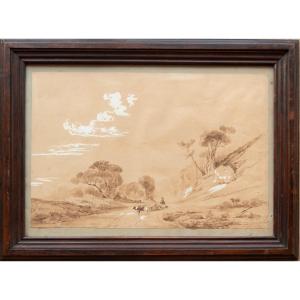


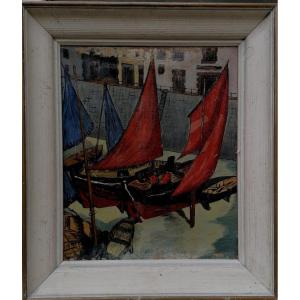

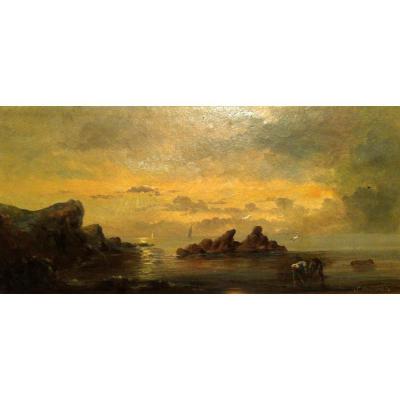



 Le Magazine de PROANTIC
Le Magazine de PROANTIC TRÉSORS Magazine
TRÉSORS Magazine Rivista Artiquariato
Rivista Artiquariato